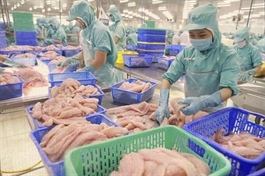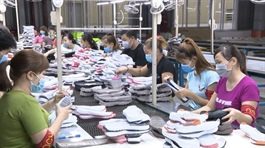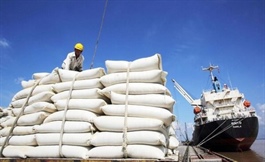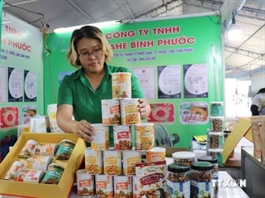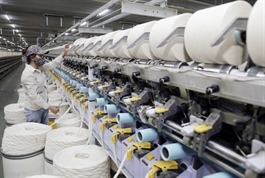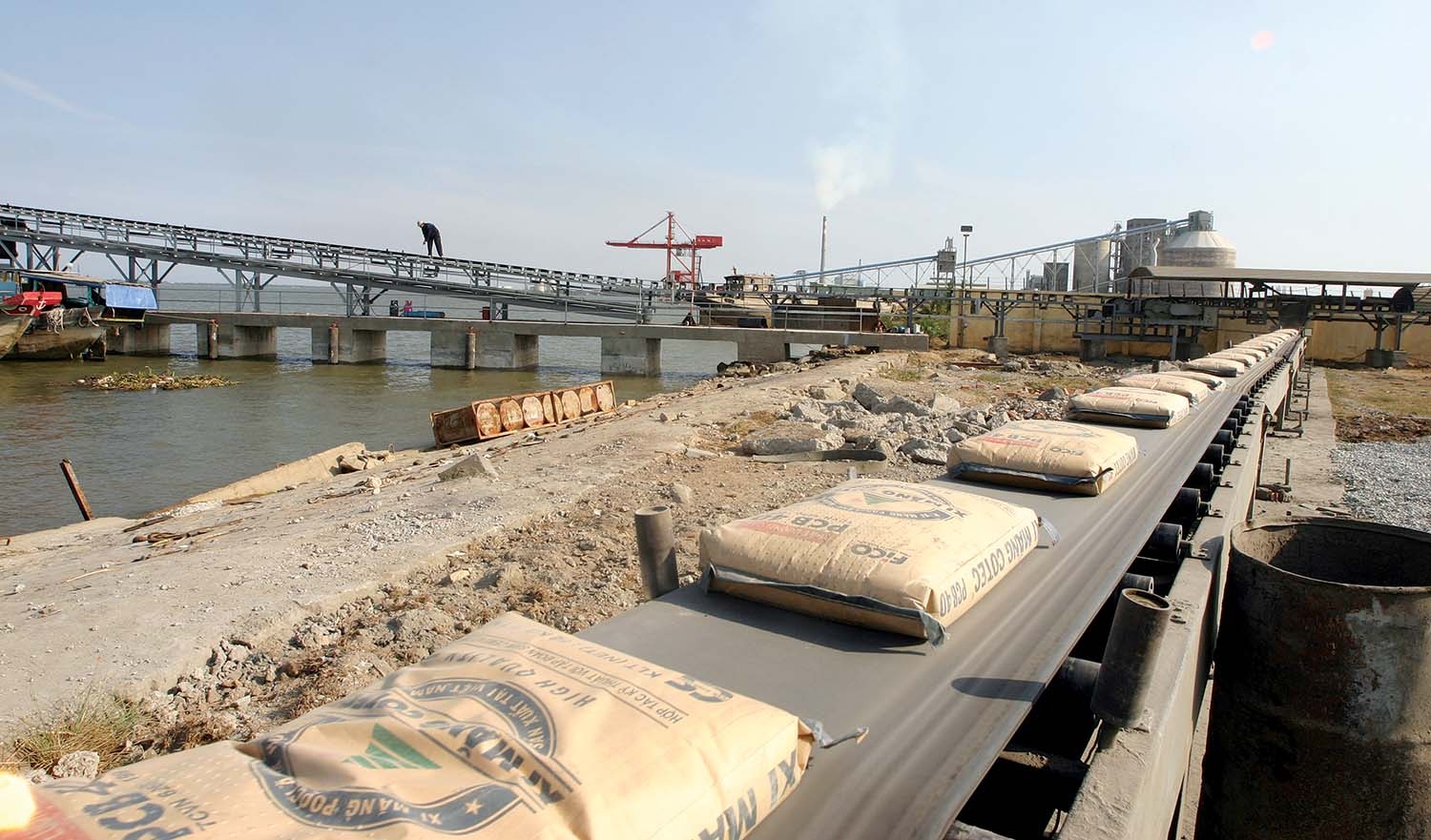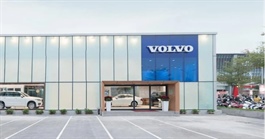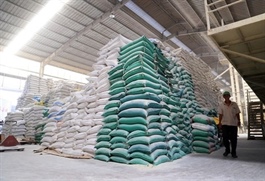The first "Waste ATM" at a cement plant in Việt Nam
The first "Waste ATM" at a cement plant in Việt Nam
Aiming to develop production following a circular economy model, Quảng Ninh Cement and Construction Joint Stock Company (Lam Thạch Cement Company) has introduced the innovative “VracBank - Deposit Trash, Withdraw Cash” initiative. This is the first "reverse vending machine" model implemented at a cement plant in Việt Nam.

At the seminar held on the afternoon of July 11 at Lam Thạch Cement Company, Uông Bí City, Quảng Ninh Province. — VNS Photo Tiendat |
The model was showcased during a site visit to Lam Thạch Cement Company, Uông Bí City, Quảng Ninh Province on the afternoon of July 11, organised by the Journal of Environment - Institute of Strategy and Policy on Natural Resources and Environment (Ministry of Natural Resources and Environment).
Since April 2022, Lam Thạch Cement Company has maintained the "VracBank - Deposit Trash, Withdraw Cash" initiative. Each kilogram of waste is equivalent to 1 point, convertible into cash ranging from VNĐ3,000-11,000 depending on the type of waste.
Each person depositing waste has an account opened by the company to manage all data related to their waste deposits. When the account reaches 300 accumulated points, if the account holder has not yet withdrawn cash, the company will add annual interest. To attract more participants to the "Waste ATM," the company offers various incentives such as home collection services and purchasing waste at prices 10-15 per cent higher than the market rate.
Additionally, many solutions are being implemented by the company to address plastic waste pollution. One such solution is using non-recyclable plastic waste as fuel for cement kilns. This trial solution at Lam Thạch Cement Plant has proven to be both economically and environmentally effective.
Trần Hữu Quỳnh, Deputy Director of Lam Thạch Cement Plant, stated, “Burning waste in the cement production process is called co-processing, meaning that during the clinker burning process, waste is additionally fed in. Currently, we are using waste to replace 35-40 per cent of the coal.”
Việt Nam's cement industry uses about 10 million tonnes of coal, resulting in significant fuel costs. The solution of using plastic waste as fuel is expected to be widely applied to solve both the economic problems for businesses and the waste issues for craft villages, and even larger, to address climate issues that Việt Nam and many other countries are committed to.



